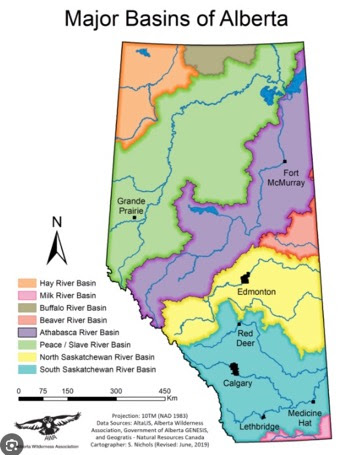After Encountering chaoborus out on our local waters, I asked Rick Miyauchi to suggest some patterns. Below is what Rick has in his fly box. I will definitely add these to my fly selection.
Here are the two patterns I use when tiny granny apple green chironomids or chaoborus are on the menu. Top pattern is Gord Honey’s Cousin.
Cousin (Gord Honey)
Hook: #14-#18. Your favorite chironomid hook style.
Thread: Brown.
Body: Krystal Flash, Lime Green.
Rib: X-Sm, UTC copper wire. Alternative material Sulky Holoshimmer or Sliver Metallic sewing thread Copper. Sulky threads are finer in width to Flashabou and make excellent rib material on very small patterns keeping patterns slimmer than wire may produce.
Bead: Copper
Pattern history and tying instructions can be found in Phil Rowley’s book, Stillwater Selections.
Bottom Pattern is a wire worm variant.
Hook: #16-#20. Your favourite chironomid hook style.
Thread: Brown.
Body: X-Sm, UTC chartreuse wire.
Bead: Copper
Tying instructions: This pattern is tied in the fashion of ice fishing wire worms that were developed here in Alberta for lake whitefish.
Step one: Leaving a two inch tag or so. Start winding the wire body from the bend of the hook to the bead. Keep close touching turns until a body of the desired length is formed. From the bead side wiggle the wire until it breaks off. Slide body into bead then firmly hold wire body and wiggle the starting tag. It is IMPORTANT to hold the wire body firmly to prevent the body from unspooling when breaking off the starting tag. Start thread just behind bead to create a thorax. Once completed whip finish and cut off. Coat entire fly from bead to end of body with your choice of body coating. Sally Hansen’s or UV resin.
Note: Let your creativity go wild with different size hooks, wires sizes and colours, beads (brass or tungsten) and bead colours. Two or even three different wire colours can be used to create different visual blends of colours and using for example two (extra small) wires and a third (small) wire creates a segmented (ribbed) effect. This pattern is best suited to indicator fishing (or ice fishing) as the finished product can be very heavy.









No comments:
Post a Comment